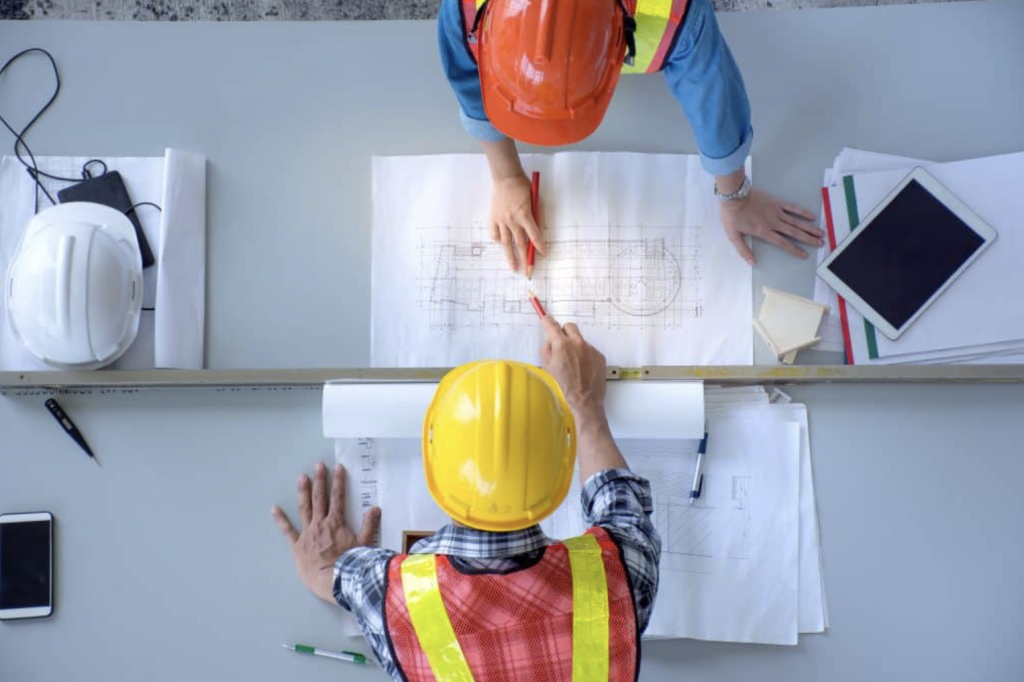Many businesses have problems that need an engineering-based solution, but creating it can be a hard task, especially for those businesses with little or no engineering experience. But the good news is that there are companies out there who understand the issues and will be able to create a successful solution.
In this article, we’ll cover all the steps involved in the process of solving such a problem so that you can assess whether your business does have the right skill sets, or whether you need to call in an expert.
SECTION 1: Introduction to Engineering
Engineering is a broad field that encompasses many different areas such as mechanical engineering, electrical engineering, civil engineering, and many more. But what is it? One definition is that is the application of scientific knowledge to the design, construction, and operation of structures, machines, and systems. Perhaps this is the reason that engineers come in all shapes and sizes, just like doctors there being many different specialisms.
Another way of looking at it is that engineers use their expertise to solve problems and create solutions that improve people’s lives and improve business productivity. Today, they are also key players in the drive to save the environment.
The process of engineering is a complex one, and it requires a deep understanding of the science, mathematics, and the specific technology involved.
Engineers must be able to think critically and solve problems creatively, all of this requiring a systematic approach that involves identifying the problem, devising potential solutions,testing the idea, making adjustments, and finally building the final system / making changes to an existing system.
SECTION 2: The Engineering Process Explained
It starts with identifying the problem and ends with creating the final design. This can take a long time, it all depending on the problem that needs to be solved. Some issues are relatively easy, others, like say designing a rocket that can get humans to the moon and back taking a little bit longer.
The first step in the process is to understand the problem from the engineering point of view. This involves learning about the materials and components that are currently being used. But it also requires understanding the goals and objectives of the project, as well as any industry standards that must be followed.
The next step is to identify the engineering problems and challenges as only then can a solution be devised.
SECTION 3: Understanding Engineering Design Concepts
This requires a full understanding of the materials and components used as well as their properties and characteristics. This includes things like their strength, stiffness, weight, and cost. In addition, it is important to understand how the laws of physics apply to the project in question.
SECTION 4: Identifying Engineering Problems and Challenges
Once the basics of engineering design have been understood, the next step is to identify the engineering problems and challenges. This involves looking at the project from different perspectives, such as the user’s point of view, the environment, and the budget. It is important to consider all of these factors when identifying a problem, as they can all have an impact on the final solution.
SECTION 5: Brainstorming Solutions to The Problem
Once the problem has been identified, the engineer can then start to devise a range of potential solutions. This can involve researching existing solutions as well as exploring new and different approaches.
When searching for solutions, the engineer should always look for those that have been used in similar projects. This will give them an idea of what has worked in the past, while those that did not work will provide data on the paths that should not be taken.
It is also important to consider new technologies and materials that may be useful for the project.
SECTION 6: Utilizing Engineering Software Programs
In some cases engineers will use software programs to solve an issue, especially where there are complicated mathematics involved. Such software can tell you whether an idea will work or not without the need to try it and fail. Basically, these programs allow engineers to design, analyze, and simulate the solutions they are creating, without the need to build anything.
SECTION 7: Assessing the Design and Making Adjustments
Once the ideas have been finalised and approved, the solution can be put into operation. Maybe this is a new type of toggle press, or maybe a redesign of a production line. Whatever the solution is, it will need to be tested and in most cases tweaked to get the maximum benefit from the changes made.
Once all of the adjustments have been made, the engineer can then finalise the change / design and move onto full implementation.
SECTION 8: The Final Solution
Once the design has been finalized, the engineer can move to making the changes to a system permanent, or to installing the machine in a live environment.
Conclusion
As you can see, creating an engineered solution can be a daunting task, and unless you have the staff with the right knowledge and abilities, it is probably going to be easier to call in an outside expert like Sandfield Engineering.
Please see https://www.sandfieldengineering.com/toggle-clamps/ for just one of their top range of products and services.
They have years of experience in the engineering field, so if you have a problem, call the experts, it will more than likely end up costing you less in the long run.




